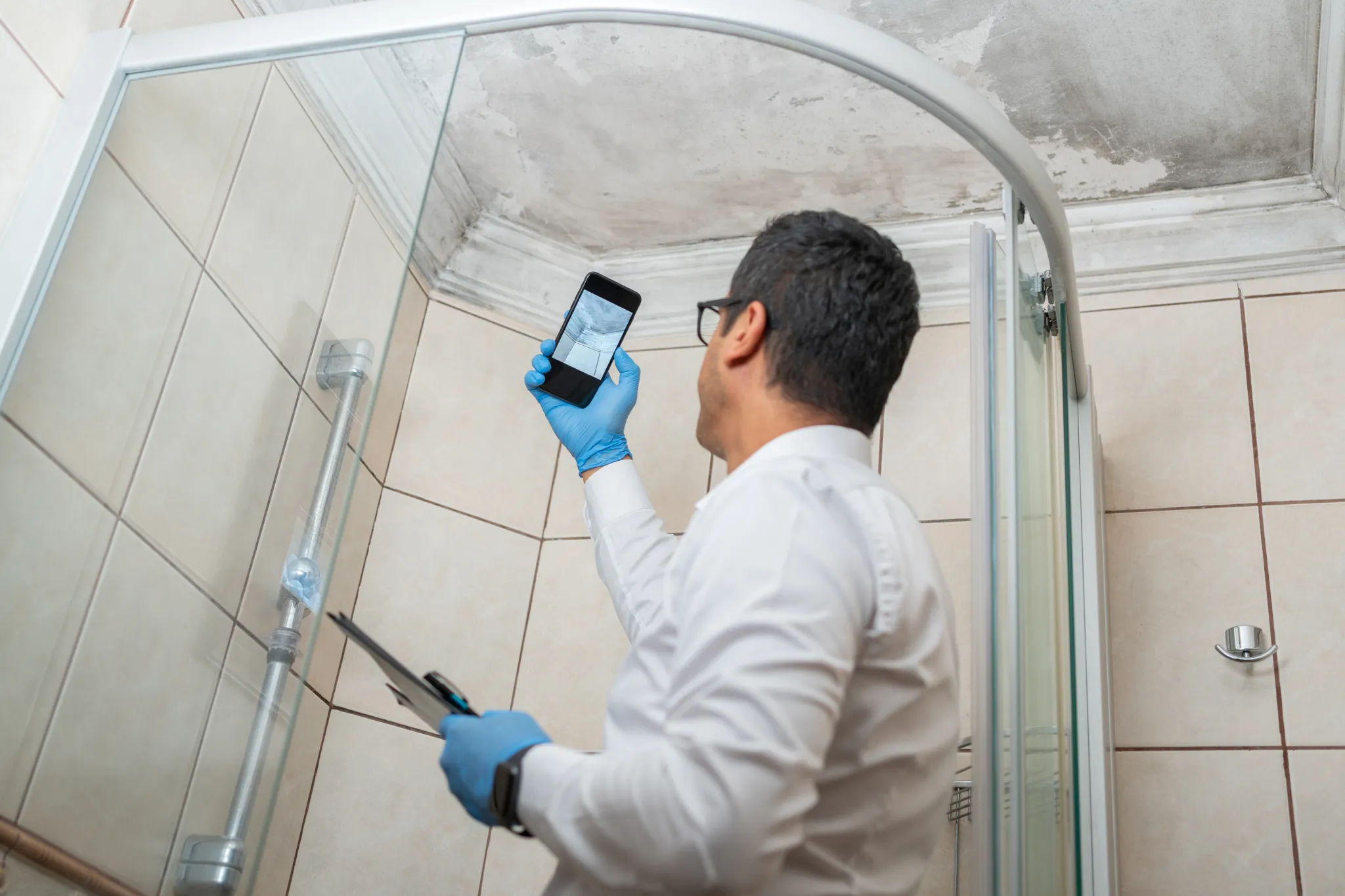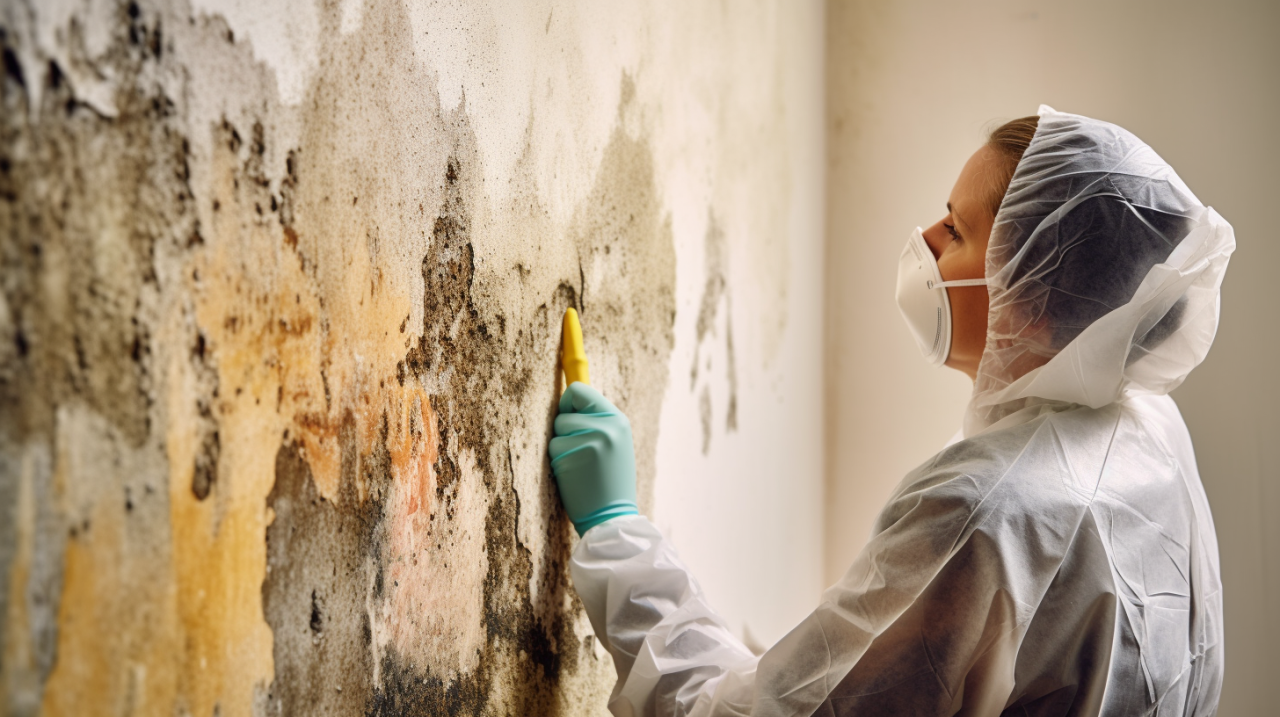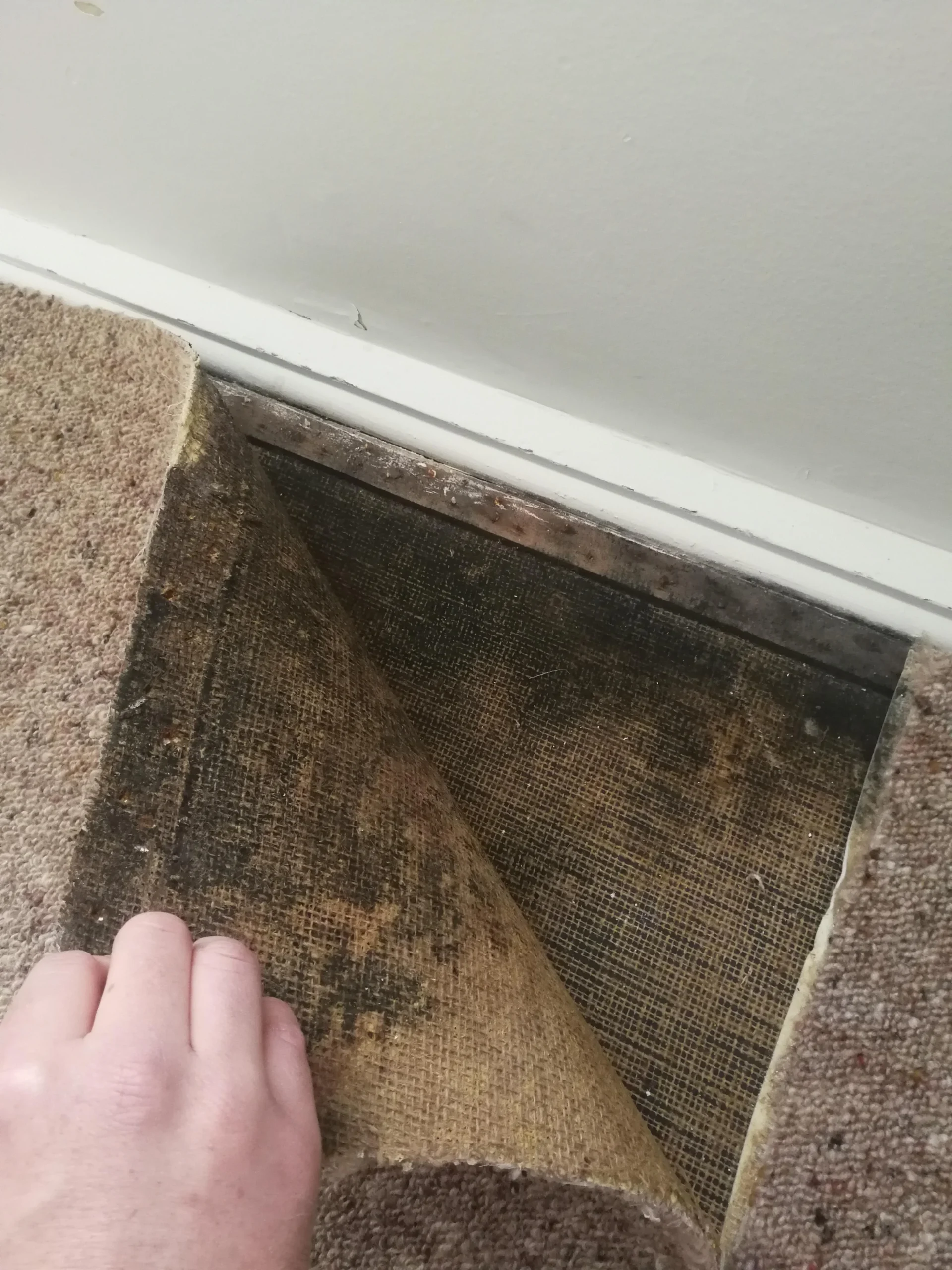Mold damage in your home can lead to significant health risks, structural damage, and expensive remediation costs. Many homeowners are uncertain about whether their homeowners insurance policy covers mold-related claims, especially given the specific terms and exclusions around mold coverage. In this detailed guide, we break down the process of filing an insurance claim for mold damage, the documentation required, understanding policy terms, and strategies to improve your chances of a successful claim.

Understanding Mold Coverage in Standard Home Insurance Policies
Homeowners insurance policies can vary widely in terms of mold coverage. Generally, mold damage is covered only if it’s the result of a sudden, covered peril, like a burst pipe or a severe storm. Gradual issues, such as mold from ongoing humidity or poor maintenance, are typically excluded from coverage. It’s essential to review the specifics of your policy to understand what types of mold damage may be covered and what circumstances may lead to a denial.
Common Causes of Mold Covered by Insurance:
- Sudden Water Leaks: Mold growth from a sudden burst pipe or appliance failure may be covered if it’s promptly reported.
- Storm-Related Flooding: While flooding itself often requires separate flood insurance, certain types of storm damage that lead to mold can be covered.
- Fire and Smoke Damage: Mold resulting from water used to extinguish a fire may fall under coverage.
However, if the mold was caused by long-term neglect, high indoor humidity, or minor leaks left unaddressed, it’s likely that the insurer will deny the claim. Understanding these exclusions in detail is crucial to ensure your claim has a higher chance of success.
Detailed Steps to Filing a Mold Damage Insurance Claim

Filing a successful insurance claim for mold damage requires careful preparation and adherence to your insurer’s guidelines. Below, we outline the essential steps for homeowners looking to file a mold-related insurance claim:
Step 1: Review Your Insurance Policy and Confirm Mold Coverage
Start by thoroughly reading through your homeowners insurance policy. Pay close attention to the sections on water damage, exclusions, and mold coverage limits. Some policies include specific language about how and when mold damage will be covered, including any cap limits on payout amounts. For instance, a policy may cover mold damage up to $10,000 but only if it resulted from an insured event, such as a pipe burst.
If you’re unclear about any details, contact your insurance agent or provider directly for clarification. They can provide specific information about what incidents are covered, what exclusions apply, and if there’s a mold damage cap on your policy. Documenting this information will help you later in the claims process.
Step 2: Document All Mold Damage Thoroughly
Documentation is critical when filing an insurance claim for mold damage. Insurers rely heavily on the evidence you provide to determine whether the claim is valid and the extent of damage. Here’s how to document mold damage effectively:
- Take High-Quality Photos and Videos: Capture clear images and videos of all visible mold growth, water-damaged areas, and any structural impacts. Take both close-ups and wider shots to provide context.
- Keep a Log of Events: Document the timeline of events, noting when the mold first appeared, any actions taken to mitigate the issue, and any additional signs of damage.
- Gather Receipts and Reports: Save receipts for any emergency repairs, mold testing, and mold remediation services. These documents demonstrate proactive action and may support your claim.
| Documentation Type | Description |
|---|---|
| Photos and Videos | High-quality images and videos showing mold and affected areas. |
| Event Log | Timeline of events, actions taken, and dates of occurrence. |
| Receipts and Reports | Invoices for emergency repairs, professional inspections, and cleanup efforts. |
Step 3: Contact a Certified Mold Inspector

Having a certified mold inspector assess the damage can strengthen your claim and provide a professional opinion on the extent and cause of the mold. Many professional mold inspectors use specialized equipment, like moisture meters and infrared cameras, to detect hidden mold and moisture. A detailed inspection report from a certified professional can confirm the severity of the problem and may be valuable when presenting your case to the insurance company.
Step 4: File Your Mold Damage Claim with the Insurance Provider
Once you have all necessary documentation, contact your insurer to initiate the claims process. Each insurance company may have slightly different requirements, so be prepared to provide detailed information, including:
- A completed claim form
- Photos and videos of the damage
- A copy of the mold inspection report, if available
- Receipts for any repair or remediation efforts
Your insurance company may also ask for a statement about how the mold damage occurred and what steps you took to address it. The clearer and more organized your claim submission is, the easier it will be for the adjuster to process.
Step 5: Work with the Insurance Adjuster
After submitting your claim, your insurance company will typically assign an adjuster to assess the damage. The adjuster’s evaluation is crucial, as it helps determine the final payout amount. Be prepared to provide additional documentation, walk them through the damage, and clarify any questions they may have.
Ensure you maintain open communication with the adjuster and provide any requested information promptly. It can be beneficial to ask for a detailed breakdown of how they calculated the compensation, especially if the payout amount is lower than expected. If necessary, you can request a second opinion or work with an independent adjuster for a more accurate assessment.
Maximizing Your Success: Tips for a Strong Mold Damage Claim

Filing a mold damage claim can be challenging due to the often limited coverage policies provide for mold issues. However, following these tips can increase your chances of a favorable outcome:
- Be Transparent and Thorough: Ensure your claim is complete, accurate, and backed by clear evidence. Transparency in your documentation and actions can improve your credibility.
- Mitigate Damage Immediately: Insurance providers prefer working with homeowners who take swift action to prevent further damage. If you take immediate steps to address the mold, like cleaning up water or hiring a remediation service, document it thoroughly.
- Stay Engaged Throughout the Process: Regular follow-ups with your insurance provider can help prevent delays and keep your claim moving forward. Establishing a strong line of communication shows your commitment to resolving the issue.
Common Challenges and Costs in Mold Damage Insurance Claims
Mold remediation is often an expensive process, with costs varying based on the extent of the damage, the size of the affected area, and the materials that need replacing. On average, mold remediation costs range from $500 to $6,000 or more, depending on the size of the area affected. Unfortunately, most homeowners insurance policies cap mold damage coverage, which can leave a significant portion of the expenses to be paid out-of-pocket.
To reduce out-of-pocket expenses, it may be beneficial to research additional mold coverage or endorsements. Some insurance providers offer separate mold riders or endorsements, which provide extended coverage specifically for mold-related issues. This additional coverage may help cover more extensive mold remediation efforts if standard policy limits are insufficient.
FAQ: Mold Damage Insurance Claims
| Question | Answer |
|---|---|
| Is mold damage always covered by homeowners insurance? | No, coverage depends on the cause of mold. Damage caused by covered perils, such as a burst pipe, may be covered, while mold from gradual leaks is typically excluded. |
| Should I hire a professional mold inspector? | While not required, a certified inspector’s report can support your claim by providing evidence of mold severity and cause. |
| What is the typical cap on mold damage claims? | Most policies cap mold coverage between $5,000 and $10,000, though limits vary by provider and policy. |
| Can I request a second opinion if my claim is denied? | Yes, you can request a second opinion or hire a public adjuster to ensure a fair evaluation of your claim. |
| What if my claim is denied? | If denied, review the denial letter, gather additional evidence, and consider an appeal. Consulting a public adjuster or legal expert may be helpful. |
Conclusion
Filing an insurance claim for mold damage in your home requires careful preparation, thorough documentation, and prompt action. By understanding your policy’s mold coverage limitations, gathering detailed evidence, and maintaining proactive communication with your insurance provider, you can improve your chances of a successful claim outcome. If your mold damage claim is denied, remember there are avenues to appeal, seek a second opinion, or explore additional coverage options. Mold issues can be complex and costly, but being well-prepared is the best way to navigate this process effectively.

